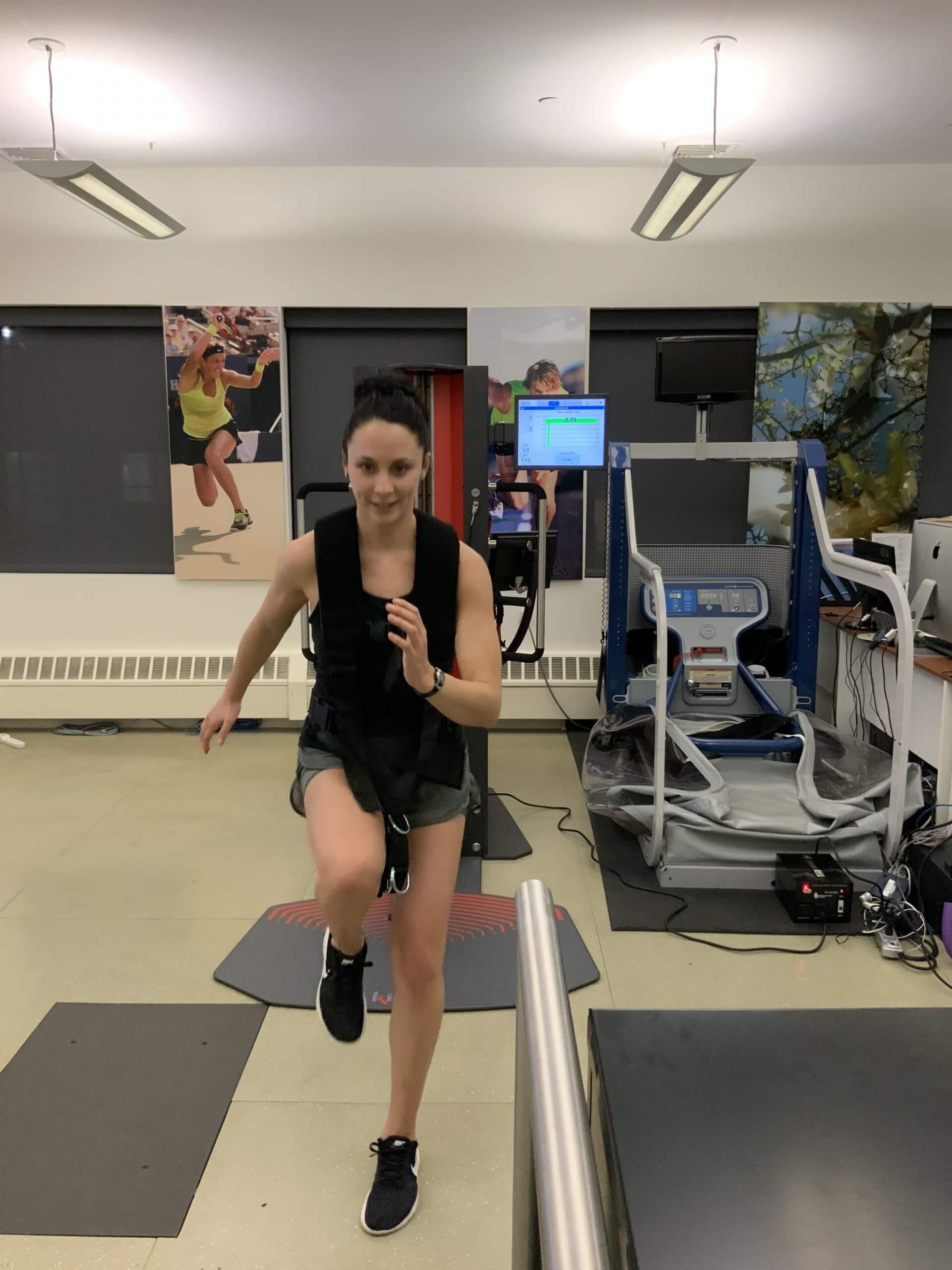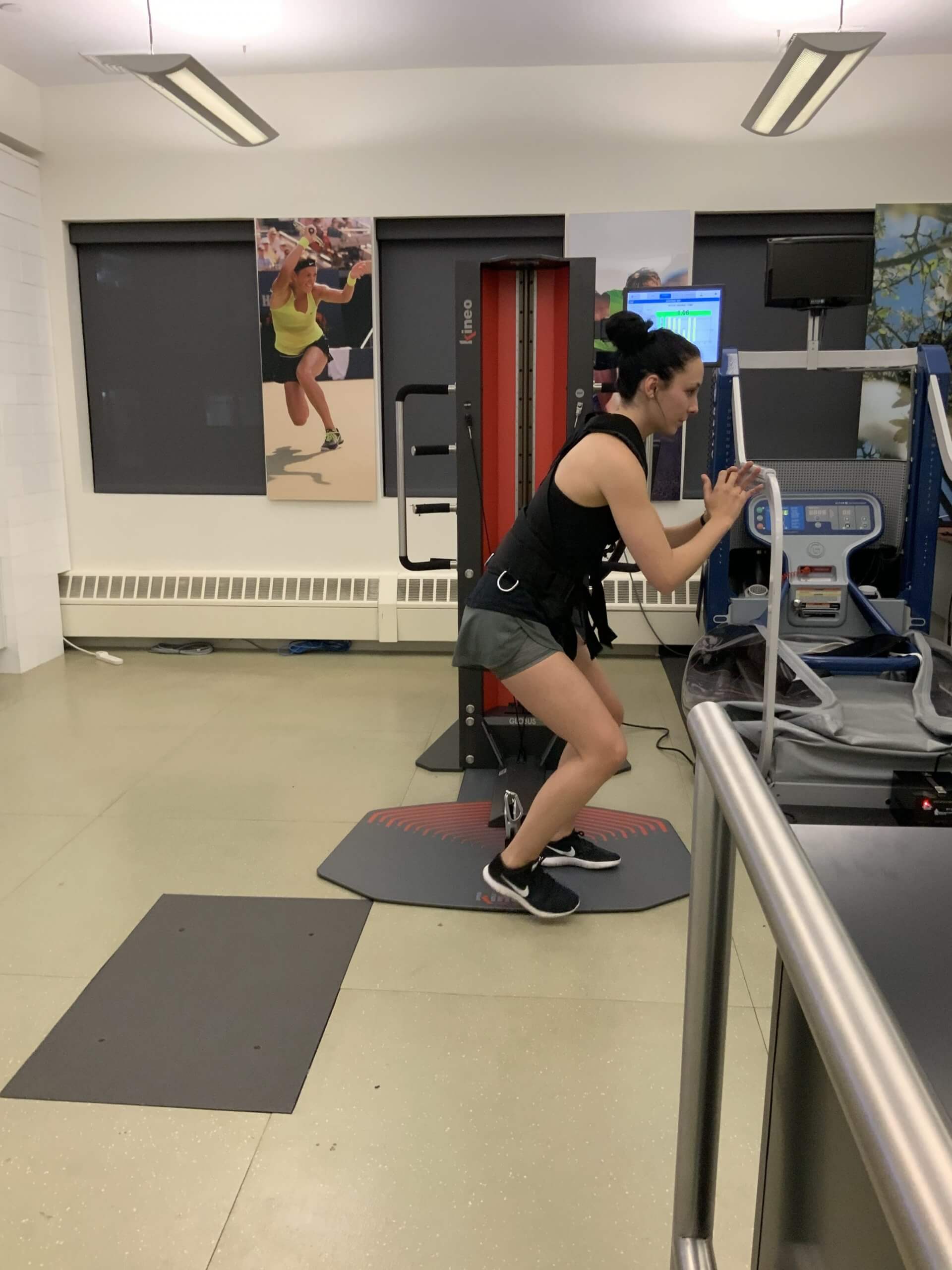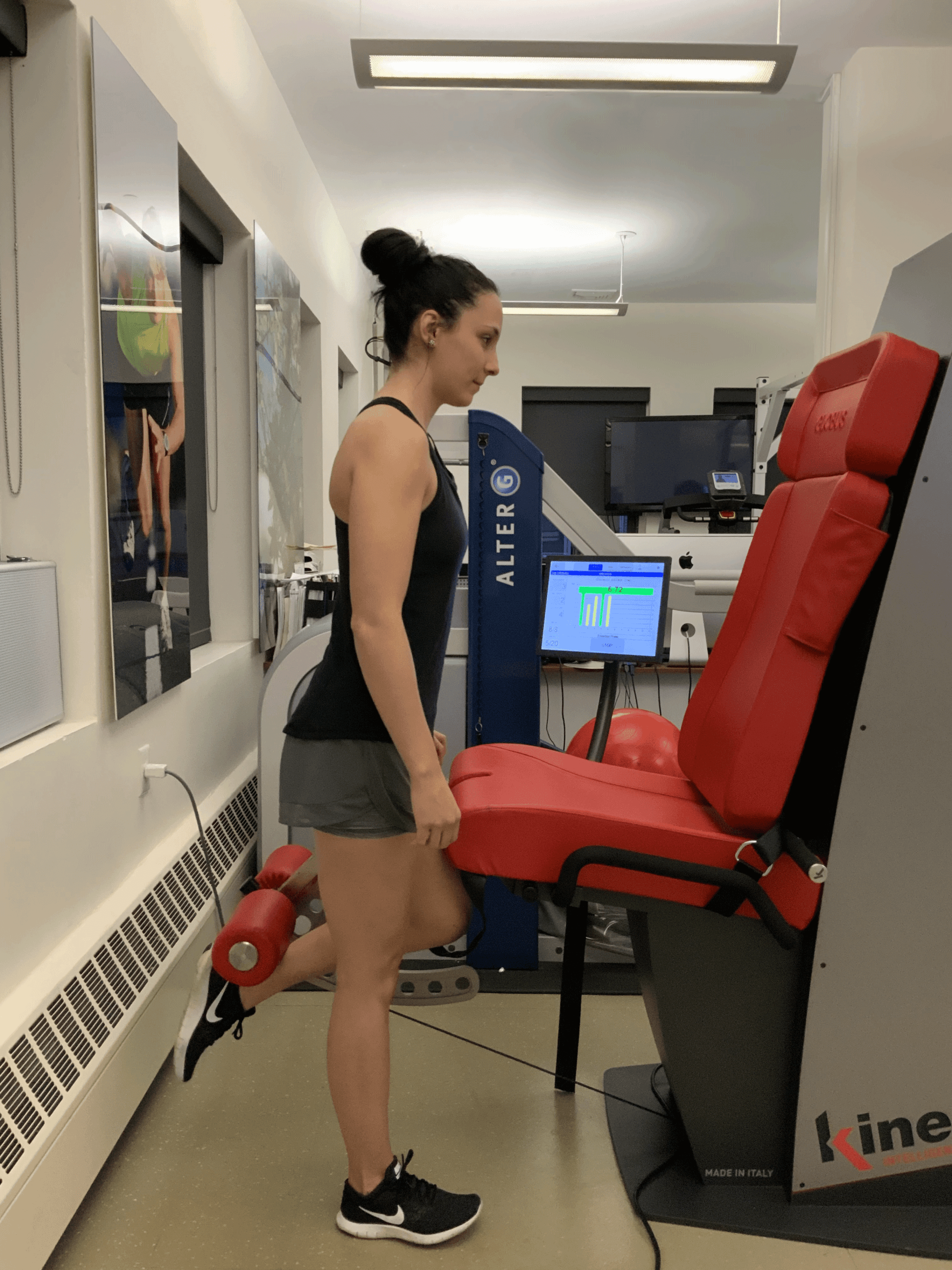Running is one of the most popular fitness activities for both men and women, and for good reason. The human body is designed to run, and running is an inexpensive activity that can be done anywhere. Running is great for cardiovascular health, cognitive function, emotional wellbeing, weight management and much more.
But for females runners, especially after birthing one or more children, pelvic health problems can arise that take away from the enjoyment of running.
Your pelvic organs include your bladder, uterus, vagina, and rectum, all held snugly in place by a group of muscles and connective tissues collectively called your pelvic floor. Your pelvic floor muscles can become weakened over time, especially during pregnancy and childbirth, causing your pelvic organs to shift out of position and bulge into your vagina, a condition called pelvic organ prolapse, or POP.
Symptoms of POP include:
- Urinary or fecal urgency and/or incontinence
- Pain or pressure in your pelvis and low back
- Pain during intercourse
- Constipation
High-impact activities like running, jumping, gymnastics and trampoline can add to pelvic floor stress, making the condition worse.
For female runners, urinary incontinence is often an early sign of POP. It is estimated that between 40 to 75 percent of women experience urinary incontinence. When you run, your pelvic organs are jarred about, increasing pressure on your bladder and the nerves that control it, resulting in urinary leakage ranging from mild to severe.
Factors that affect the pelvic floor during running include:
Gait mechanics: A bouncy gait can reduce your hip extension, overwork your hamstrings and alter your heel strike, increasing ground reaction forces and pressure on your pelvic floor.
Core and pelvic instability: Weakened core muscles that don’t “connect” can alter your gait and reduce the integrity of your pelvic floor. During the flight phase, healthy pelvic muscles lengthen, and then shorten during the strike phase. Optimal running mechanics depend on proper pelvic muscle function through their full range of motion.
Improper breathing technique: Limited diaphragmatic breathing during running can reduce the stabilizing function of pelvic floor muscles.
Correcting your gait mechanics, increasing your cadence (steps per minute), strengthening your pelvic muscles and using proper breathing techniques can reduce the pressure on your pelvic floor while running.
It is important to remember that your pelvic floor is made up of mostly muscle, with the same properties of other muscles throughout you body. As such, it can be strengthened with the proper exercises.
Try these exercises to help tighten and tone your pelvic floor muscles:
Kegels: Sitting comfortably, visualize the muscles that control the flow of urine; exhale as you tighten and lift upward, holding for a 5-count; inhale and release. Perform 10 repetitions.
Supine bridge: Lie on your back, knees bent, palms facing down at hip level; exhale and push down through your heels as you lift your hips toward the ceiling; hold for a 5-count; inhale and slowly lower your hips to the floor. Repeat 3 sets of 10.
Squats: Stand erect, shoulders back, chest lifted, feet hip-width apart; keep your heels on the floor and inhale as you bend your hips and knees, sitting backward as though your were going to sit on a chair; exhale and tighten your buttocks and pelvic floor muscles as you return to standing, fully extending your hips and knees. Repeat 3 sets of 10.
Pilates: Pilates exercises specifically target the hip and pelvic region to promote strength, function and stability. Take a live class, stream online, or visit a physical therapist who offers clinical Pilates. Pay close attention to proper form and breathing.
Diaphragmatic breathing: Your diaphragm is a strong muscle that helps you breathe and pressurizes your abdominal cavity to stabilize your pelvis. Lie on your back, knees bent, resting one hand on your chest and the other just below your rib cage; inhale deeply through your nose, directing your breath toward your lower abdomen; you will feel a slight rise in your abdomen as your abdominal cavity fills with air; tighten your abs and slowly exhale, completely emptying your lungs; repeat 10 times. Once you master the technique, practice in a standing position. Practice several times per day to strengthen the diaphragm and promote correct breathing while running.
The female body is remarkable in its ability to reproduce life and bounce back to full function, but some women need extra help to restore their pelvic health. Diastasis, POP and other health issues unique to women require specialized treatment from knowledgeable experts.
The women’s health specialists at NYDNRehab understand your need to be active and your love of running. Our clinic features a state-of-the-art running lab to analyze and optimize your gait, see more info by link about Running Diagnosis and Gait analysis. We use a variety of innovative therapies and treatment methods, including clinical Pilates, to help our female patients restore pelvic health and function. Contact us today, and enjoy running again without pain and discomfort.


























































